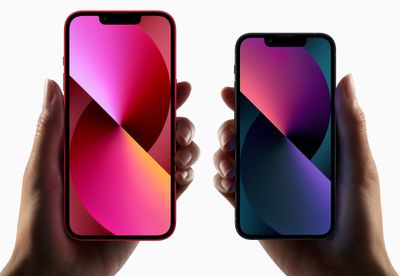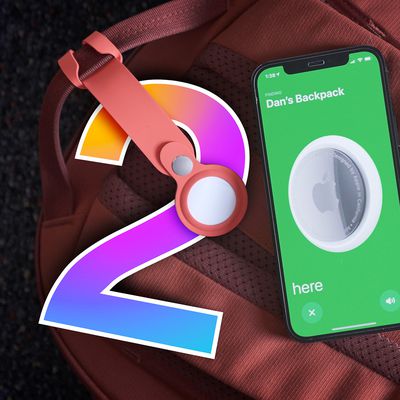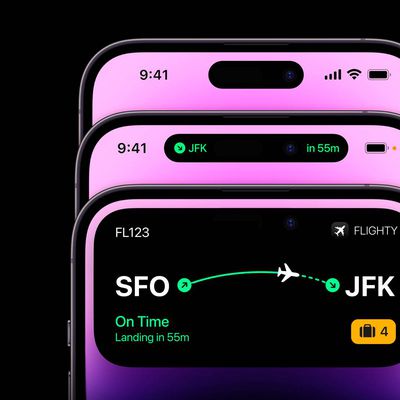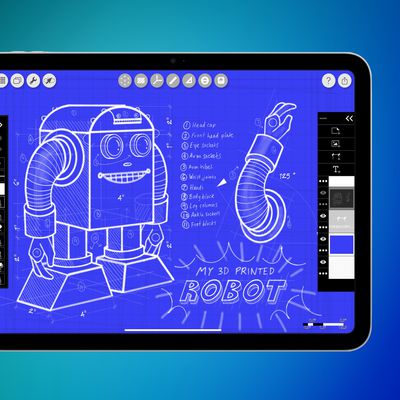iPhone 13 Models Support Dual eSIMs [Updated]
According to the technical specifications for the iPhone 13, iPhone 13 mini, iPhone 13 Pro, and iPhone 13 Pro Max, all of the devices include dual eSIM support, which is a feature that's new to the iPhone lineup this year.

Dual eSIM support means that the iPhone 13 models can use two eSIMs simultaneously rather than just one eSIM and one nano-SIM.
Prior iPhone models like the iPhone 12 had dual-SIM support, but only worked with an eSIM and a physical nano-SIM. The iPhone 13 models still support eSIM and nano-SIM, but also support two eSIMs for adopting carrier plans without a physical SIM card.
Apple's iPhone 13 models will not ship with a physical SIM card this year and carriers will instead use eSIM capabilities for activation. Because eSIM activation is being used for devices connected to a carrier when ordering, a WiFi connection will be needed for setup. From Apple:
Carrier-connected iPhone 13 and iPhone 13 Pro models will arrive ready to activate with eSIM and can connect to your cellular voice and data service without a physical SIM card. You will need a Wi-Fi connection for setup.
To activate eSIM on an unconnected iPhone, please contact the carrier of your choice when you're ready.
Connecting with a carrier later can be done by inserting a physical SIM or contacting a carrier for eSIM activation.
The iPhone 13 models will be available for pre-order on Friday, September 17, and will officially launch on Friday, September 24.
Update: Apple has shared a support document with more details on the eSIM, including directions on setup.
Popular Stories
Apple seeded the second iOS 26.2 Release Candidate to developers earlier this week, meaning the update will be released to the general public very soon.
Apple confirmed iOS 26.2 would be released in December, but it did not provide a specific date. We expect the update to be released by early next week.
iOS 26.2 includes a handful of new features and changes on the iPhone, such as a new...
Google Maps on iOS quietly gained a new feature recently that automatically recognizes where you've parked your vehicle and saves the location for you.
Announced on LinkedIn by Rio Akasaka, Google Maps' senior product manager, the new feature auto-detects your parked location even if you don't use the parking pin function, saves it for up to 48 hours, and then automatically removes it once...
Apple has ordered 22 million OLED panels from Samsung Display for the first foldable iPhone, signaling a significantly larger production target than the display industry had previously anticipated, ET News reports.
In the now-seemingly deleted report, ET News claimed that Samsung plans to mass-produce 11 million inward-folding OLED displays for Apple next year, as well as 11 million...
Apple is about to release iOS 26.2, the second major point update for iPhones since iOS 26 was rolled out in September, and there are at least 15 notable changes and improvements worth checking out. We've rounded them up below.
Apple is expected to roll out iOS 26.2 to compatible devices sometime between December 8 and December 16. When the update drops, you can check Apple's servers for the ...
Apple today released new firmware designed for the AirPods Pro 3 and the prior-generation AirPods Pro 2. The AirPods Pro 3 firmware is 8B30, up from 8B25, while the AirPods Pro 2 firmware is 8B28, up from 8B21.
There's no word on what's include in the updated firmware, but the AirPods Pro 2 and AirPods Pro 3 are getting expanded support for Live Translation in the European Union in iOS...
Apple today seeded the second release candidate version of iOS 26.2 to developers and public beta testers, with the software coming one week after Apple seeded the first RC. The release candidate represents the final version iOS 26.2 that will be provided to the public if no further bugs are found.
Registered developers and public beta testers can download the betas from the Settings app on...
The AirTag 2 will include a handful of new features that will improve tracking capabilities, according to a new report from Macworld. The site says that it was able to access an internal build of iOS 26, which includes references to multiple unreleased products.
Here's what's supposedly coming:
An improved pairing process, though no details were provided. AirTag pairing is already...
Apple is actively testing under-screen Face ID for next year's iPhone 18 Pro models using a special "spliced micro-transparent glass" window built into the display, claims a Chinese leaker.
According to "Smart Pikachu," a Weibo account that has previously shared accurate supply-chain details on Chinese Android hardware, Apple is testing the special glass as a way to let the TrueDepth...
Wednesday December 10, 2025 12:22 pm PST by
Juli CloverThe next-generation low-cost iPad will use Apple's A19 chip, according to a report from Macworld. Macworld claims to have seen an "internal Apple code document" with information about the 2026 iPad lineup.
Prior documentation discovered by MacRumors suggested that the iPad 12 would be equipped with an A18 chip, not an A19 chip. The A19 chip was just released this year in the iPhone 17, and...
Apple's next-generation Studio Display is expected to arrive early next year, and a new report allegedly provides a couple more details on the external monitor's capabilities.
According to internal Apple code seen by Macworld, the new external display will feature a variable refresh rate capable of up to 120Hz – aka ProMotion – as well as support for HDR content. The current Studio...


























